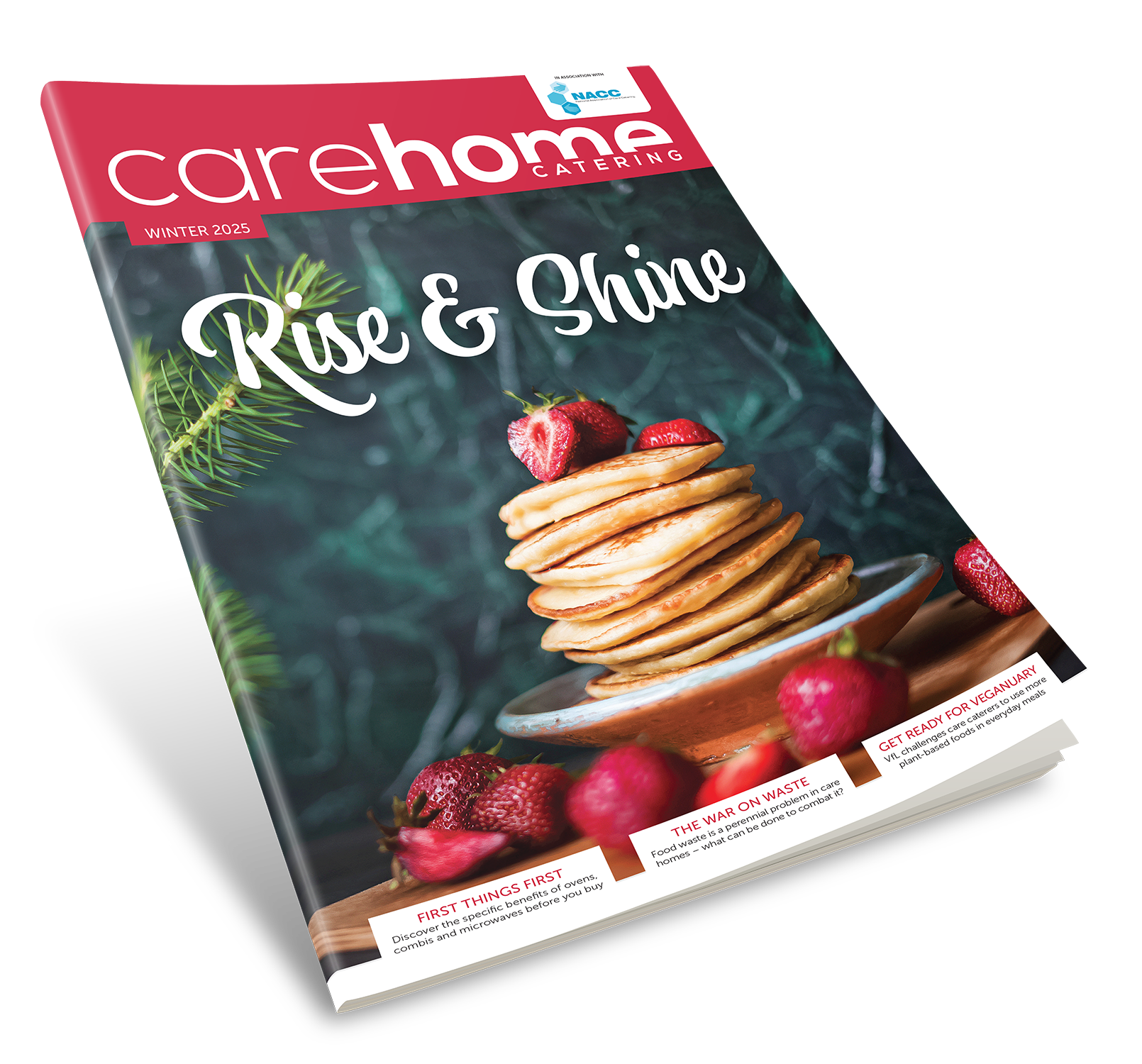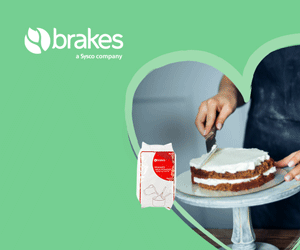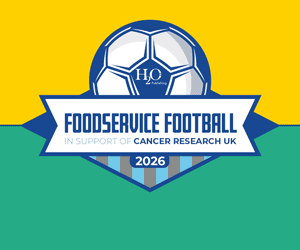MAGAZINE
This is the curious thing about Christmas – it comes around all too quickly. In fact, it only seems about 10 minutes ago that we were taking down the decorations and yet here we are, retrieving the tinsel and baubles from the loft and beginning the whole thing again!
Christmas is a time of great busyness and nowhere more so than care home kitchens, where care caterers pull out all the stops to provide residents with the festive season’s traditional culinary delights.
However, when there is time for a breather, please sit down with the requisite box of Quality Street and enjoy the contents of this winter issue, which includes features on breakfast foods and drink on page 20, dairy and dairy alternatives on page 35, sweet treats, in the form of cakes, biscuits and sweets, on page 38 and frozen foods on page 42. On page 40, our regular columnist Rachael Masters advises how to use festive fare to boost residents’ nutrition, while those of you who are contemplating the purchase of a new oven next year, will want to read the advice given in our ovens, combis and microwaves feature on page 26.
Food waste is a perennial problem in care homes, and in this issue’s Big Read on page 16, Jamie Clews invites care caterers to join him in his war on waste. On page 32, Amanda Woodvine, of Vegetarian for Life, challenges care caterers to celebrate Veganuary by including more plant-based meals on their menus and elsewhere you’ll find our regular news pages.
When you are ready to ‘twist and turn’, the winter issue of NACC Voice offers a comprehensive review of the NACC Training and Development Forum, which returned to the East Midlands Conference Centre in October, together with news on the winner of the NACC Chef of the Year 2025 competition as well as the NACC National Award winners.
Now, all that’s left for me to do before I scramble up the loft ladder, is to wish you all a very merry Christmas and a happy and peaceful New Year.
Until then, happy reading!
Val Hirst
Editor






